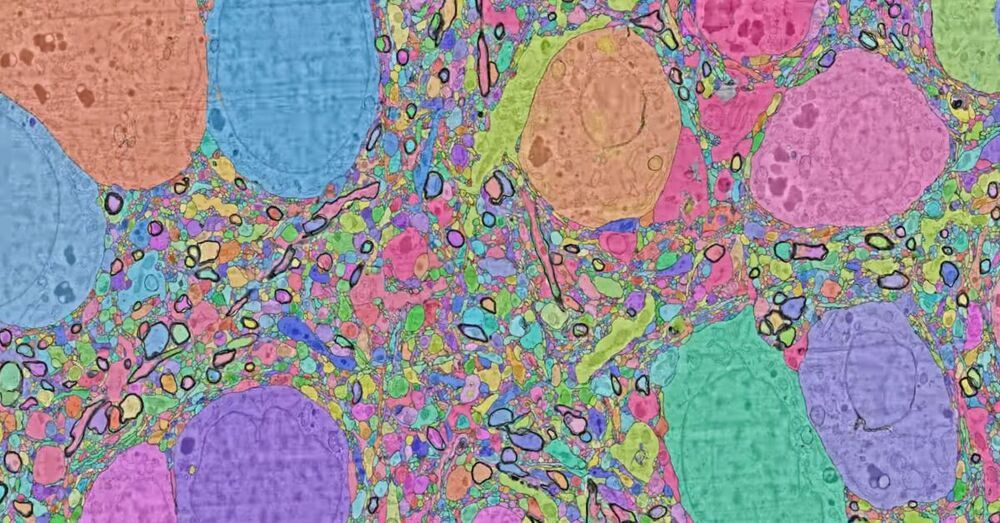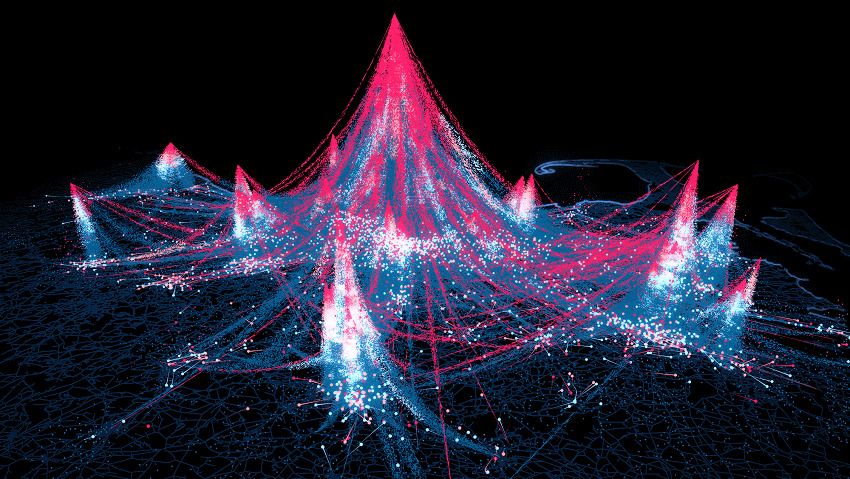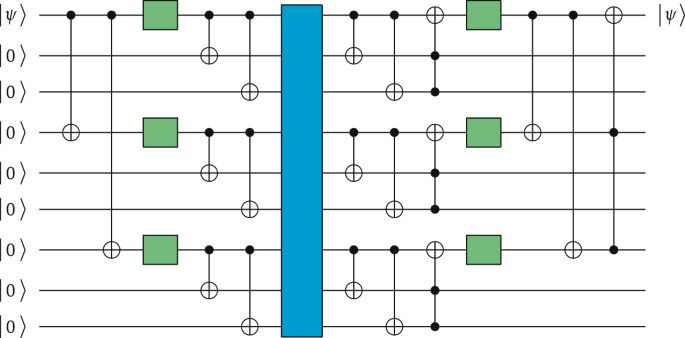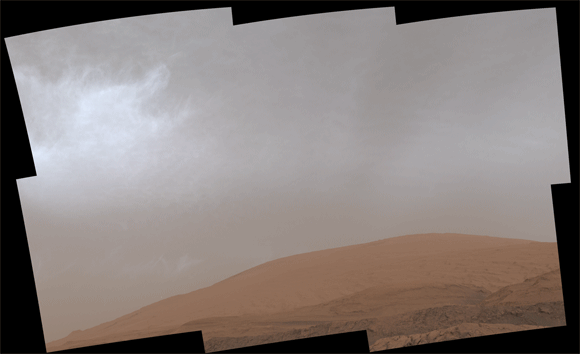Mapping how humans move will help in future pandemics.
How people move around cities follows a predictable and universal pattern, scientist say, which will be crucial not only for urban planning but also controlling pandemics.
By analysing mobile-phone tracking data from across four continents, the team confirmed that people visit places more often when they don’t have to travel far to get there.
“We might shop every day at a bakery a few hundred metres away, but we’ll only go once a month to the fancy boutique miles away from our neighborhood,” says project leader Carlo Ratti, from the Massachusetts Institute of Technology (MIT).









